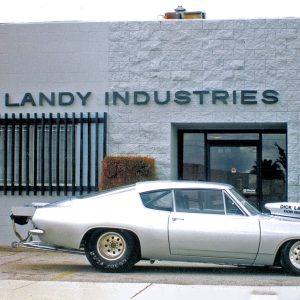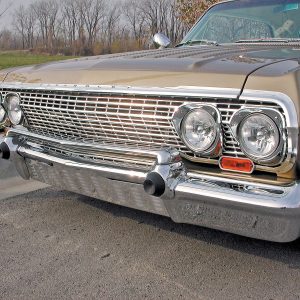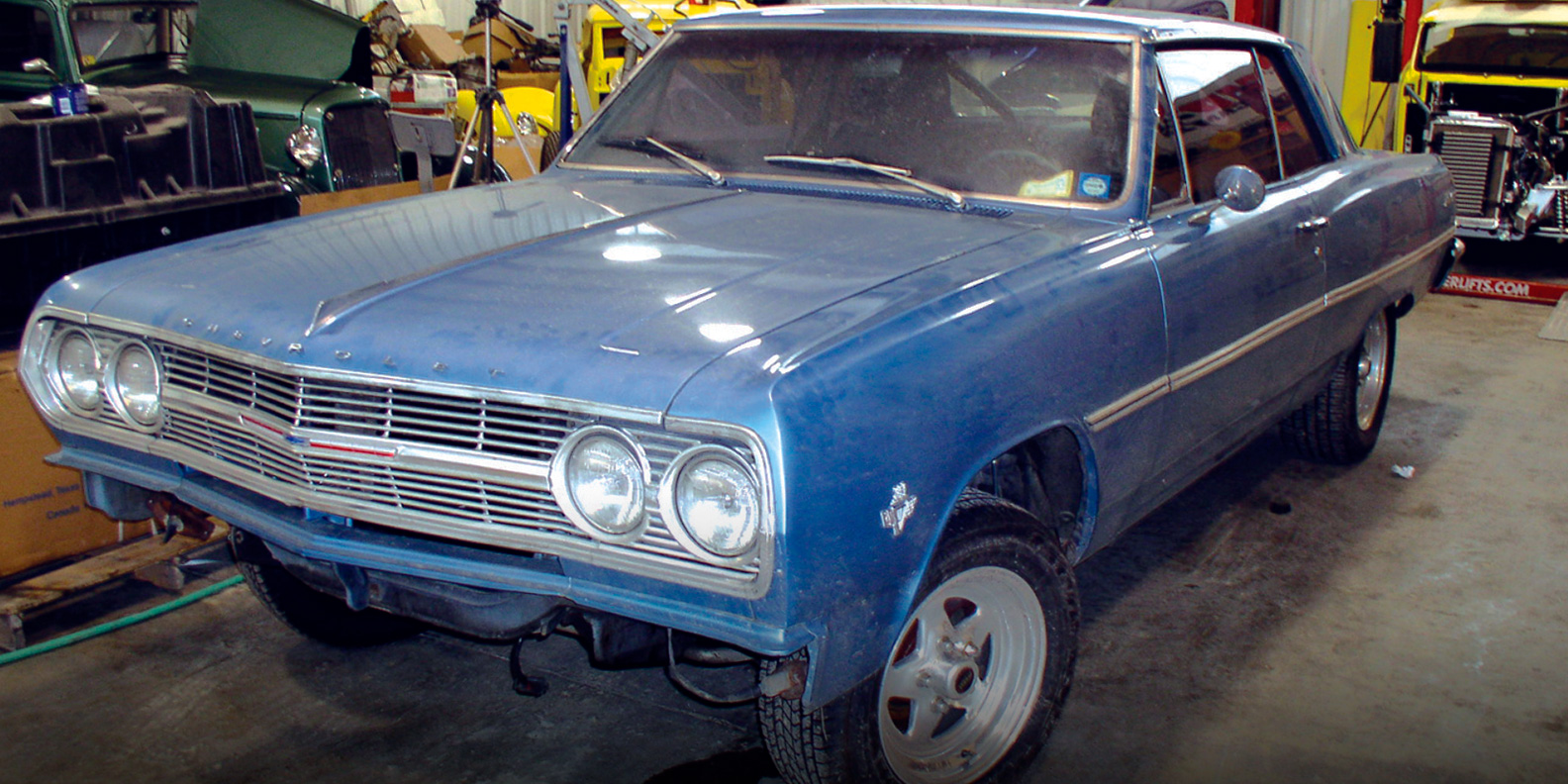Fuel System
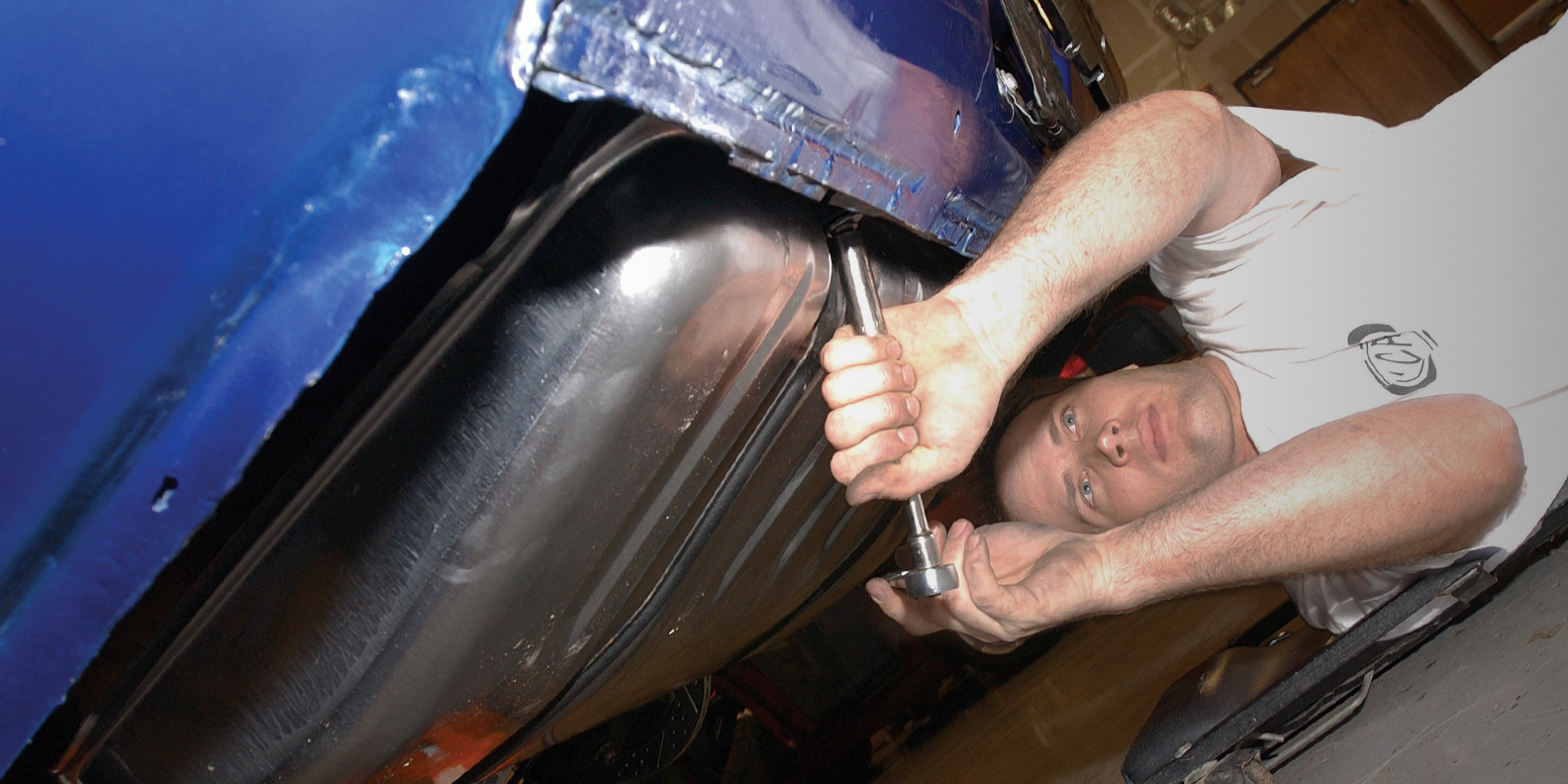
Tech presentation is something anyone can do to his or her existing Camaro, since it takes no special skill, yet the results are worthwhile. Those are the rewards of personalizing a cool Chevy, and it’s what drives us in the first place to tackle such jobs.
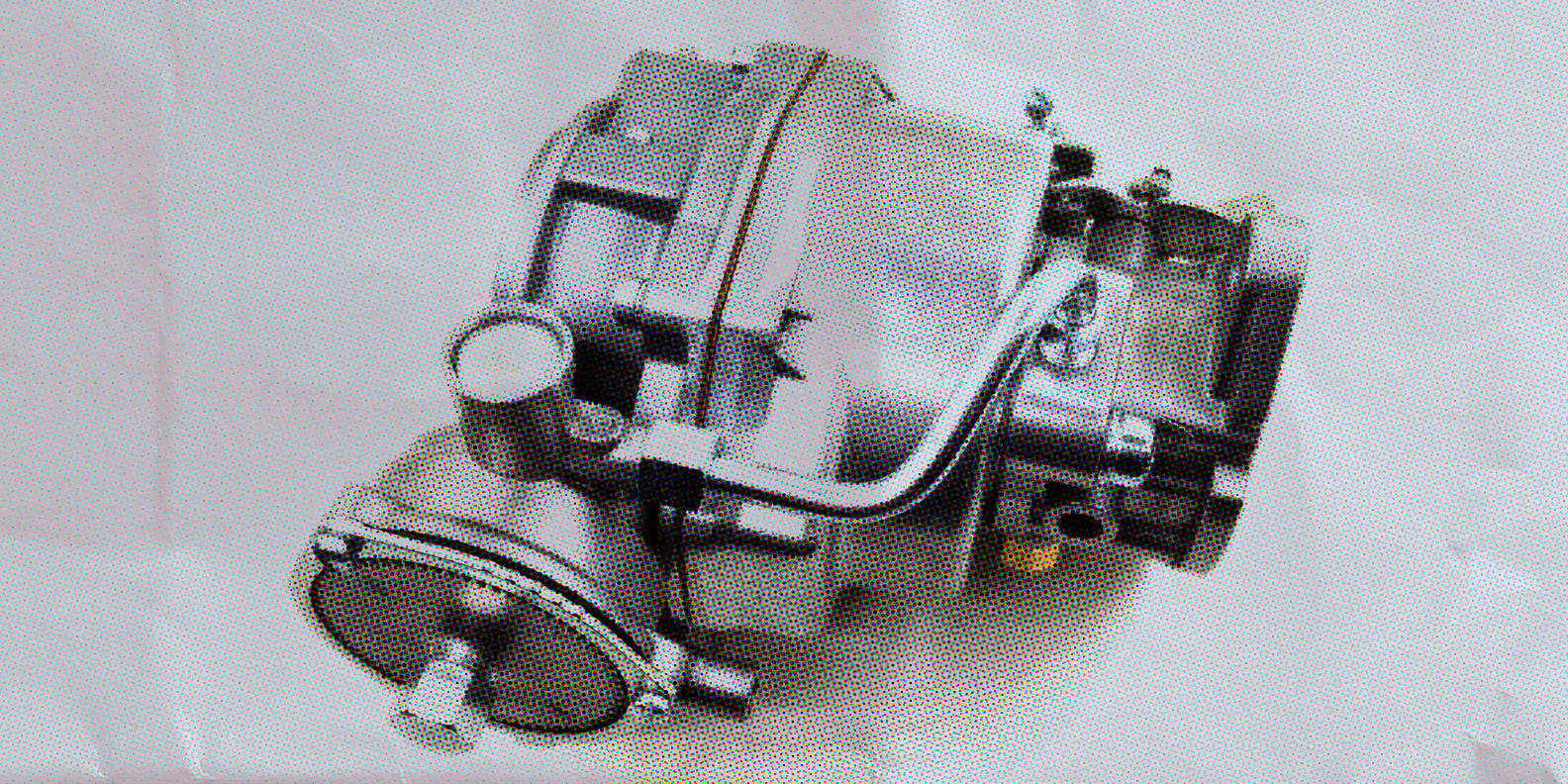
Okay, okay! After listening to oh so many of you, we are providing information you have been requesting, and perhaps searching for, for some time. That information is carburetor data, information that we used to take for granted but that has become more and more difficult to find of late. It seems that much of this data for numerous models and years has somehow slipped through the cracks. This could be mostly due to the age of the information, plus the fact that many of those applications are more rare today. We suppose there are numerous other reasons as to why this information has virtually dried up, so we present a basic listing here for the correct carburetor number for the respective engine application.
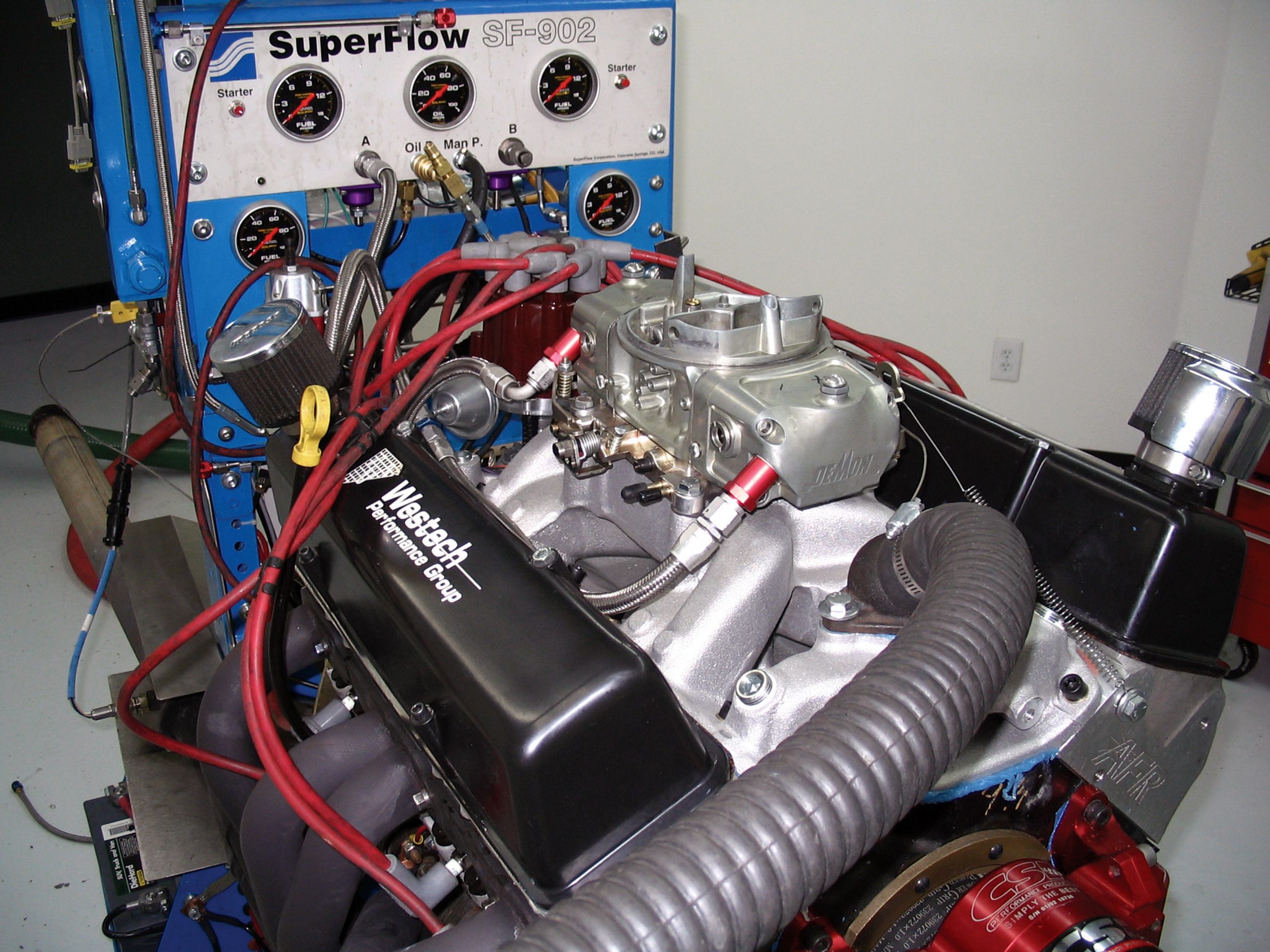
When it comes to performance, the devil really is in the details. Ever wonder why one engine makes more power than another, when both are seemingly identical? The answer to this very common performance question lies in the attention to detail. Basic performance elements such as engine tuning, spark timing curves, and, yes, even oil selection all come into play when you attempt to extract the maximum amount of power from your existing combination.
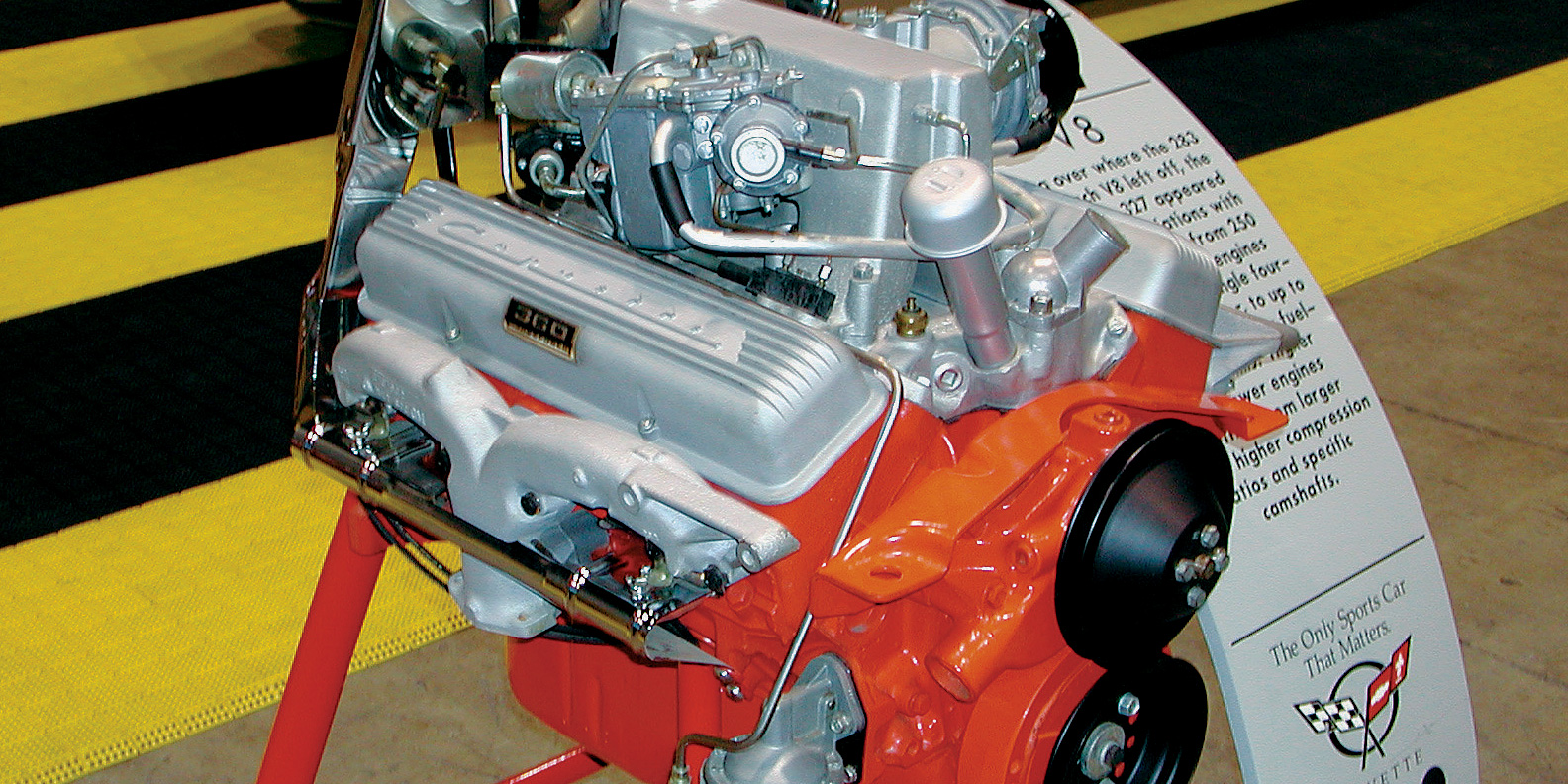
Thirty-five years and $636 ago, we bought an 80,000-mile ’62 fuel-injected Corvette in Fresno, California. Sadly, the car had been stolen once. The fuel injection was gone as well as the T-10 four-speed transmission. A pair of bare 461-X heads was in the trunk. The engine was found to have a rocking rear cam bearing, which caused oil to shut off to the rocker arms at high rpm. At the time, the prognosis was that it could not be fixed, so the motor was replaced with a ’68 350hp 327. Since 1976, the car has been in storage, along with the original engine.

What makes more power: carburetors or computers? While the ultimate answer is that a sophisticated electronic fuel-injection system will virtually always outpower a carburetor, the real question may be whether the power gains are worth the extra expense and complexity of installing an EFI system.










